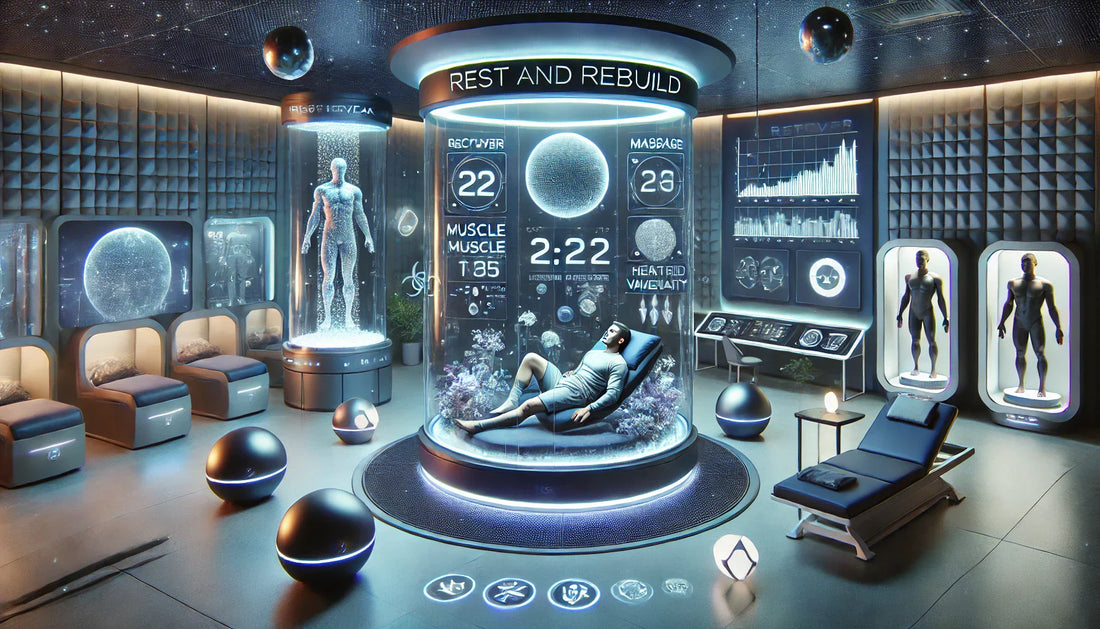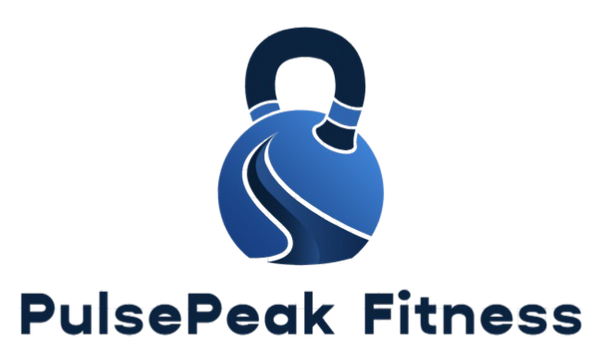
Recovery Is Power — The PulsePeak Philosophy of Rest and Rebuild
Share
Exertion without recovery is erosion.
At PulsePeak Fitness, we believe that true power is not how hard you push, but how deeply you restore.
Every fiber broken in training is a seed — and without recovery, that seed never blooms.
In 2025, when athletes chase more metrics, more sets, and more sweat, we offer a different gospel: Stillness is strength disguised.
1) The Science of Stillness
The body speaks softly after strain. Microtears whisper, cortisol peaks, and the nervous system hums on high alert.
To rest wisely is to listen with precision.
Our PulsePeak Recovery System integrates massage tools, compression wraps, and deep-tissue rollers designed not for indulgence but for biological recalibration.
When circulation increases, when inflammation recedes, when muscles breathe again — progress resumes.
Q&A
Q: How often should I prioritize recovery sessions?
A: Daily. Micro-recovery is as vital as macro-rest. Ten mindful minutes post-workout can equal hours of gained efficiency later. Frequency, not length, defines real restoration.
2) Hydration as Healing
Water is not passive; it is the body’s most ancient medicine.
PulsePeak’s HydraSync™ System pairs precision hydration bottles with electrolyte calibration — balancing sodium, potassium, and magnesium in real time.
Think of it not as drinking, but as communicating. Hydration refuels the blood, which carries the message of repair.
Q&A
Q: Isn’t hydration just about drinking more water?
A: No. It’s about mineral balance. Pure water alone can dilute essential ions; measured hydration restores harmony between cells and signals.
3) Rest as Ritual
Rest is not a gap between actions — it is an action itself.
PulsePeak encourages Ritualized Recovery: moments that frame the end of effort with intention.
A dimmed light, a cooling mat, a stretch sequence that becomes muscle memory — these small rituals turn fatigue into focus.
Q&A
Q: How do I create a nightly recovery ritual?
A: End the day the way you begin training — with structure.
-
Foam roll for 3–5 minutes.
-
Hydrate slowly.
-
Journal your physical sensations.
-
Sleep before midnight — deep cycles matter more than duration.
4) The Technology of Recovery
PulsePeak’s innovation extends beyond lifting gear — into healing.
Our PulseTherm™ Massage Gun, CryoBand™ Compression Wraps, and VibeFlow™ Rollers combine percussion therapy, thermal variation, and micro-vibration to accelerate recovery cycles.
Each product is biomechanically calibrated for joint health, circulation, and inflammation management.
Q&A
Q: Is active recovery better than passive rest?
A: Both are vital. Active recovery increases blood flow; passive rest restores hormonal balance. The perfect athlete alternates — tension and tranquility in duet.
5) Nutrition and Renewal
Recovery begins long before you lie down — it starts on your plate.
Protein synthesis, glycogen replenishment, and electrolyte balance are pillars of post-training growth.
PulsePeak partners with certified nutritionists to design meal protocols that complement physical restoration.
Q&A
Q: What is the ideal post-training meal?
A: Within 45 minutes of your session:
– 25–30g of lean protein (chicken, fish, or plant-based blend)
– 30–50g of complex carbohydrates (quinoa, oats, or sweet potato)
– 1–2g of sodium-potassium balance for fluid retention.
Your body rebuilds only when fed its blueprint materials.
6) The Psychology of Recovery
To stop is to face yourself.
Silence unsettles the ego that equates motion with worth — yet recovery demands humility.
At PulsePeak, we see recovery as the meditation of motion: the point where the athlete learns to surrender, and through surrender, strengthens the will.
Q&A
Q: I feel guilty taking rest days. What should I do?
A: Redefine guilt as growth. Every elite performer rests deliberately — not lazily, but wisely. Rest is not avoidance; it’s optimization.
7) Long-Term Regeneration: Building a Body That Lasts
The future belongs not to those who train hardest, but to those who sustain longest.
Tendons, fascia, and joints crave long-term respect. PulsePeak advocates Cyclical Training Phases:
– 3 weeks of progressive overload
– 1 week of deload and deep recovery
– Repeat.
In these rhythms, strength matures — like muscle aged in patience.
Q&A
Q: Can recovery make me stronger than training alone?
A: Undoubtedly. Training breaks the body; recovery rebuilds it better. Without the second half of the equation, progress collapses.
8) The Aesthetic of Stillness
Recovery is not retreat. It’s refinement.
Our recovery line — crafted in matte black steel and neutral fibers — turns your home into a quiet sanctuary of rebuilding.
Beauty, in recovery, reminds you that healing is not indulgent; it is noble.
Q&A
Q: Why design matters for recovery tools?
A: Because environment influences behavior. Serenity invites consistency. A beautiful ritual becomes a repeated one.
Conclusion
At PulsePeak Fitness, we build for the silent hours.
For the athlete alone with breath and ache,
for the moment the heartbeat slows and whispers, “Now, rebuild.”
Recovery is not the end of your effort — it’s the rebirth of your strength.
Honor it, and power becomes infinite.
